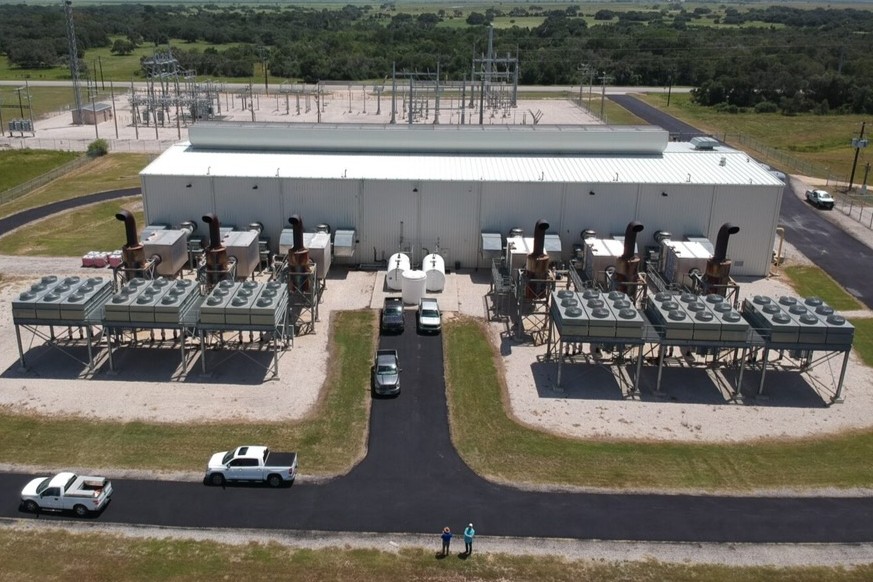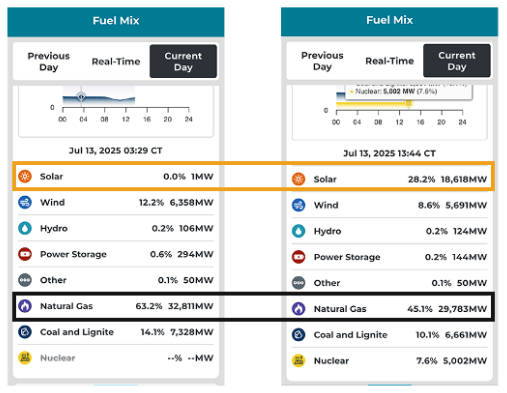Natural Gas, the ERCOT Fuel Mix, and the Case for On-Site Generation
A Tale of Two Fuels

Natural Gas, the ERCOT Fuel Mix, and the Case for On-Site Generation

Anyone paying attention to Texas power markets knows the ERCOT fuel mix tells you most of what you need to know about the real risks and trade-offs in data center growth today.
ERCOT’s generation data shows natural gas consistently providing the single largest share of the grid’s capacity - often 40% or more - balancing out the volatility that comes with more wind and solar. It’s not that renewables aren’t critical; they are. But they’re also intermittent by nature. When solar production drops in the late afternoon or wind speeds dip across West Texas, natural gas is what fills that gap. It’s flexible, dispatchable, and relatively clean compared to coal. And it’s one of the few fuel sources that can reliably ramp up fast enough to stabilize the system during peak load or emergencies.
For large-load customers, data centers in particular, that means the power behind the meter still matters more than ever. Relying entirely on the grid and the promise of future transmission upgrades is becoming harder to justify when project timelines are shrinking and capacity demand is surging. The interconnection queue keeps growing; the upgrades that need to happen often run behind schedule.
Bringing some generation on-site changes the equation. It turns power from a variable you hope for into an input you control. When you can deploy gas turbines at the campus level, you gain a few advantages: speed to market, because you’re not waiting years for a new substation or transmission line; cost predictability, since you can hedge fuel supply; and operational resilience, because you can island the site if the grid supply falters.
It’s not about replacing the grid entirely. It’s about balancing risk - and in the ERCOT market, natural gas continues to be the backbone that makes that possible. Anyone serious about delivering capacity on time and at scale should be watching these fuel mix shifts in real time. They’re a reminder that when demand spikes, the grid needs firm, dispatchable supply and the more you can secure that for yourself, the fewer surprises you face when your customers need megawatts to turn on.
Data Journey is actively integrating natural gas-powered turbines into our data center campuses. To learn more or to schedule a tour, please contact our team.

.jpg)

